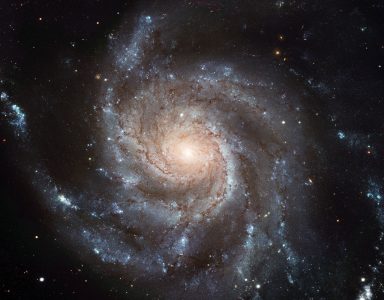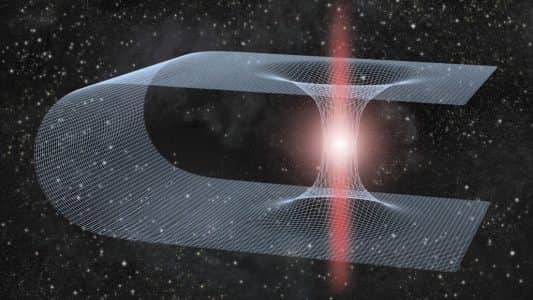Research Finds Massive Void In The Middle Of The Milky Way - Dispatch Weekly
August 4, 2016 - Reading time: 4 minutes

New research has found that the galaxy has a huge void with no stars that was previously undetected.
Scientists claim that there is a large space devoid of stars in the centre of the Milky Way and extends for 8,000 light-years from the galactic core. This area has not produced any new stars for millions of years.
The Paper
A recent paper in the Monthly Notices of the Royal Astronomical Society (@RoyalAstroSoc) headed by Noriyuki Matsunaga from the University of Tokyo found that this desert area features hardly any stars and most likely has been this way for a long period of time.
Cepheids are young stars and are measure to understand how the galaxy forms. Stars are typically difficult to spot even with the latest technology. The astronomers used the South African Large Telescope (SALT).
To their surprise they did not find many Cepheids in the centre of the Milky Way galaxy as expected. Instead the regions were about 1,000 light-years wide from the centre.
“We already found some time ago that there are Cepheids in the central heart of our Milky Way. Now we find that outside this there is a huge Cepheid desert extending out to 8,000 light-years from the centre,”
-Noriyuki MATSUNAGA
The Milky Way
The Milky Way is made from hundreds of billions of stars, comprised of gas, dust and stars. It has a spiral shape and at the centre of the spiral there is more energy, which causes flares. At the centre of the galaxy is a large black hole. Sometimes galaxies collide and the Milky Way is said to be on a collision course with the Andromeda galaxy.
Scientists assert that the Universe was created by the Big Bang, 13.7 billion years ago. Stars change and adapt as they age. The Universe was once a single point that began to expand in an explosion which continues enlarging.
All the galaxies are moving away from us with the fastest moving objects being furthest away from the explosion.
Cepheids, or stars (10-300 million years old) are younger than the Sun (4.6 billion years old). Astrologers can observe how bright stars are and contrast them to the image of stars we see from earth to work out an accurate distance.
Conclusions
Due to dust in the Milky Way galaxy, the Cepheids are harder to spot. The research used near-infrared observations to combat this using a Japanese-South African telescope at Sutherland, South Africa.
Previous studies found a few Cepheids in the middle of the Milky Way but this new study stated that outside of this is a “Cephedi desert” with 8,000 light-years distance from the central point.
Giuseppe Bono a co-author of the study said, “The current results indicate that there has been no significant star formation in this large region over hundreds of millions years. The movement and the chemical composition of the new Cepheids are helping us to better understand the formation and evolution of the Milky Way.”
Michael Feast, another co-author said, “Our conclusions are contrary to other recent work, but in line with the work of radio astronomers who see no new stars being born in this desert.”
Key Points
- New research has found that the galaxy has a huge void with no stars that was previously undetected.
- Stars are typically difficult to spot even with the latest technology. The astronomers used the South African Large Telescope (SALT).
- This desert area features hardly any stars and most likely has been this way for a long period of time.
- There is a “Cephedi desert” with 8,000 light-years distance from the central point.
- There has been no significant star formation in this large region over hundreds of millions years.

DW Staff
David Lintott is the Editor-in-Chief, leading our team of talented freelance journalists. He specializes in covering culture, sport, and society. Originally from the decaying seaside town of Eastbourne, he attributes his insightful world-weariness to his roots in this unique setting.

_1.jpg)


